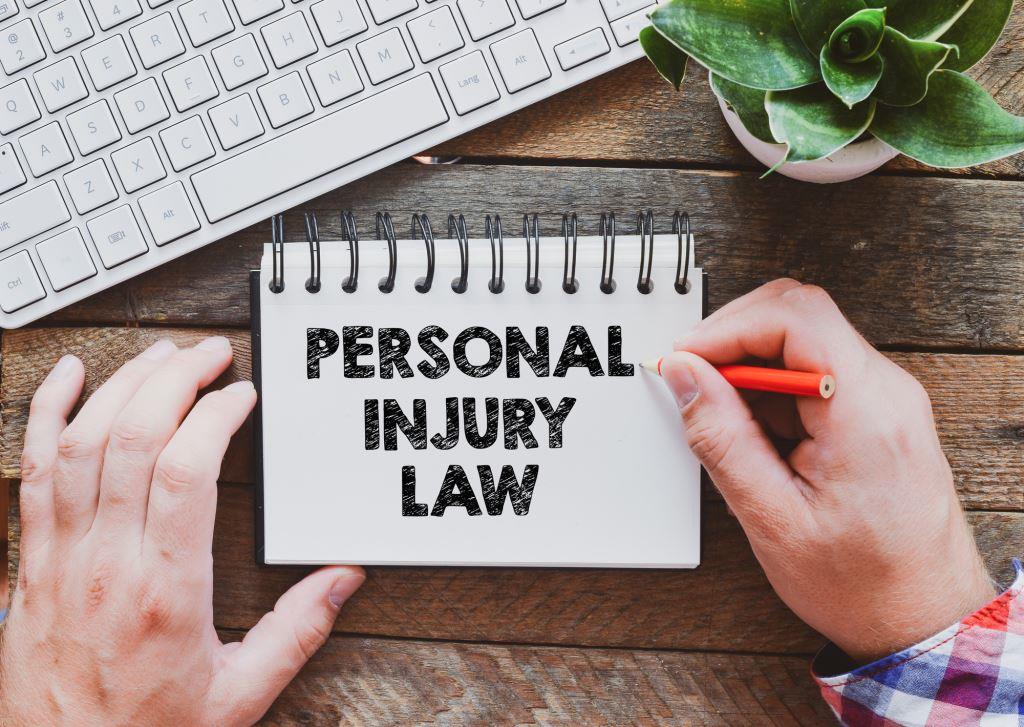Every day, accidents occur, with varying degrees of severity ranging from minor inconvenience to wrongful death. Sometimes these mishaps result in personal injury because of the carelessness or willful blindness of a third party. If so, the victim might be entitled to compensation with the aid of a skilled personal injury lawyer, visit https://www.dankolaw.com/palo-alto-personal-injury-lawyer/. But how much is an injury worth in money? That is a complicated question that needs to be answered. It is a complex calculation that entails assessing those elements and putting them together to create a comprehensive picture of the injury and the circumstances surrounding it.
Elements that may influence personal injury settlements are listed below.
The Degree of the Harm
All different kinds and degrees of severity of injuries exist. A severed spine will have a different financial impact than a broken wrist, and exposure to toxic substances that causes chronic disability will have a different financial impact still. Every injury is unique in its scope and nature, so nicks, bruises, bleeds, and breaks will have varying effects on the total amount of compensation. A higher monetary value is more likely to result from an injury that significantly disrupts daily life.
Treatment and Recuperation
How long will the injury keep me from going back to work? How involved are the recovery and post-injury care? What kind of long-term care is being provided? What are the medical expenses? These inquiries are all pertinent to determining the worth of compensation. More money is needed to make up the loss if treatment and recovery are more extensive and time-consuming. Higher severity will, as in the majority of these points, increase the likelihood of a settlement.
If you find yourself caught in a personal injury web, be aware that different financial settlements will be offered during the court case depending on whether you have a broken femur or a sprained wrist.
Attribution of Responsibility
Identifying who is at fault and to what extent is one of the more delicate and challenging decisions to be made in a personal injury case. If a third party’s negligence led to a serious injury, compensation may be awarded for personal injury. Take note that the likelihood that you will settle without a trial increases with the degree of neglect. Any personal injury case must consider whether a third party is entirely at fault for an injury or has no fault at all. An experienced attorney can conduct witness depositions, gather evidence, and craft a compelling case prosecution to achieve the desired results.
Loss of Ability to Earn
While some wounds take time to heal, others can result in chronic, crippling conditions that make it difficult to work. A settlement would need to take into account the fact that this kind of long-term damage is a component of the overall picture of an injury.
Damage to Property
Numerous personal injury cases also include some kind of property damage. The total compensation of a personal injury lawsuit must also take into account secondary damages to personal property such as vehicle damage, structural issues, and other issues.
Let’s say you decide to report property damage to the negligent party’s insurance provider. In that situation, the insurance provider might try to minimize the degree of property damage and appraise the loss for a significant fraction of its true value. Be very aware of these tendencies to undervalue claims before filing with the preferred insurance provider for the other driver.
Limits of Insurance Policies
The total policy limits of the insurance carriers matter in a personal injury case because they are crucial to the settlement process. For instance, an insurance provider might decline requests to pay for the full losses in some circumstances. Insurance representatives may only agree to cover half or a smaller percentage of the total costs as a counteroffer, leaving victims helpless in a time of need.
If this situation develops right in front of you, consulting with a personal injury attorney could mean the difference between living a life defined by medical debt and an injury that is left in your financial and emotional rearview.
Distress and Suffering
How the injury affects a person’s quality of life is one of the more esoteric factors in building a personal injury case. If an injury prevents a person from engaging in activities that were once the focal point of their life, it must be taken into account in the big picture. Personal well-being and quality of life are impacted by the pain and suffering that result from an injury, both physically and emotionally. Any personal injury case must include this loss as a genuine and real element.
Case History
In many jurisdictions, determining fault and compensation in a given case involves consulting similar case law. If a similar personal injury case has established a precedent by receiving a settlement award, the likelihood of a favorable settlement rises. Additionally, precedent is a useful yardstick for assessing the strength of the case.
Case Dynamism
A personal injury lawsuit will reach certain turning points as it moves through its various stages. Examples of these include the finding of evidence, successful pre-trial motions, or revealing witness depositions. A pre-trial settlement may become a stronger and more advantageous choice at these turning points.
Wrap up
The process of navigating a personal injury case is extensive and complex. An injury brought on by someone else’s negligence need not result in a person losing their rights if they have the right legal representation. It’s critical to comprehend how personal injury lawsuits work and the factors that influence a case’s settlement.
Life and livelihood must be protected from wrongful harm, which is a fundamental tenet of American law. Injured parties can find this protection and obtain compensation for their losses through the court system.




